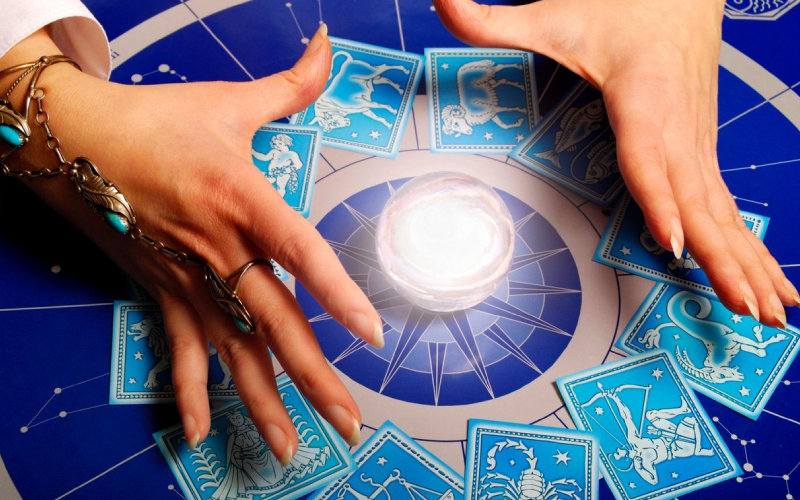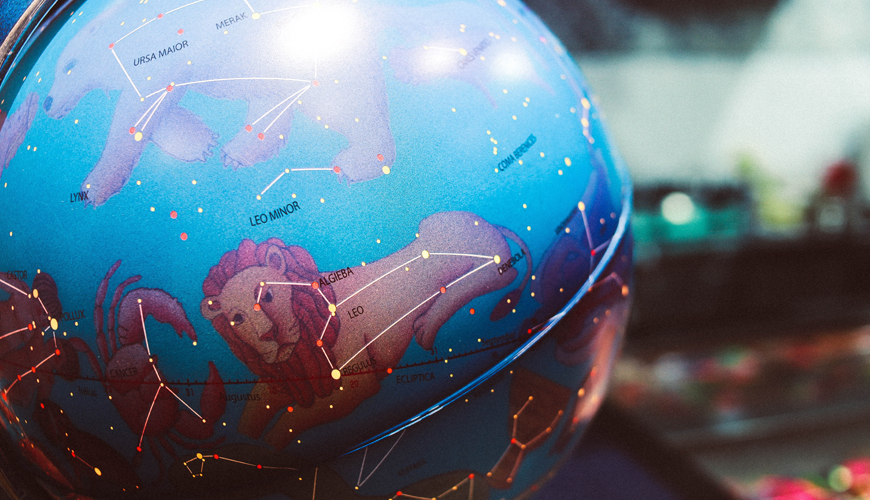Introduction to Tarot Reading
The mystical world of tarot reading has captivated minds for centuries. Combining symbolism, intuition, and spiritual guidance, tarot reading offers insights into our lives, emotions, and future.
But what exactly is tarot reading? At its core, tarot reading is the practice of using a deck of cards to gain deeper understanding and clarity. Whether seeking answers about love, career, or personal growth, tarot cards serve as a mirror reflecting the querent's inner thoughts and life circumstances.
Let’s dive deep into the fascinating history, structure, and application of tarot cards, unraveling the secrets they hold.
Understanding the Tarot Deck
Structure of a Tarot Deck
A standard tarot deck consists of 78 cards divided into two main categories:
- Major Arcana (22 cards)
These cards represent major life events, spiritual lessons, and archetypes. Key cards like The Fool, The High Priestess, and Death signify transformative experiences. - Minor Arcana (56 cards)
These cards deal with day-to-day situations and are divided into four suits: Cups, Wands, Swords, and Pentacles. Each suit corresponds to an element (Water, Fire, Air, Earth) and represents specific life aspects like emotions, creativity, intellect, and material wealth.
Symbolism in Tarot Cards
Every tarot card is rich with symbols, colors, and imagery. For instance:
- Colors: Blue often symbolizes calmness and intuition, while red denotes passion and action.
- Astrological Connections: Some cards, like The Star, are linked to specific zodiac signs or planets.
- Numbers: The numerical values of cards play a role in their interpretation. For example, the number one often signifies beginnings, while ten represents completion.
The Purpose of Tarot Reading
Self-Reflection and Inner Guidance
Tarot reading is a tool for introspection, helping individuals uncover hidden emotions or unresolved issues.
Predicting Future Events
While not a crystal ball, tarot cards can provide insights into potential future outcomes based on current energies and decisions.
Enhancing Intuition and Spiritual Growth
Tarot strengthens your connection to your inner voice, fostering greater spiritual awareness.
How Tarot Reading Works
Energy and Intuition: The Foundation
Tarot reading is not about predicting fixed outcomes but interpreting the energy surrounding a situation. Both the reader's intuition and the querent's energy contribute to the reading's accuracy.
The Role of the Reader and Querent
The reader interprets the cards, but the querent (person seeking the reading) must actively engage, bringing their intentions and questions into the process.
Spreads and Layouts
Spreads are the arrangement of cards during a reading. Different spreads serve different purposes, from simple three-card layouts to complex ones like the Celtic Cross.
Major Tarot Spreads and Their Meanings
The Three-Card Spread
- Purpose: To explore past, present, and future.
- Example: The spread might reveal past mistakes influencing current challenges and future solutions.
The Celtic Cross Spread
- Purpose: To analyze situations in depth.
- Structure: Ten cards offering insights into obstacles, external influences, and potential outcomes.
The Horseshoe Spread
- Purpose: To gain clarity on choices.
- Example: A querent can use this spread to weigh the pros and cons of a major decision.
Popular Tarot Cards and Their Interpretations
The Fool (Major Arcana)
- Meaning: New beginnings, spontaneity, and adventure.
- Reversed: Foolishness or lack of planning.
The Lovers (Major Arcana)
- Meaning: Partnership, love, and harmony.
- Reversed: Conflict or difficult choices in relationships.
The Ten of Cups (Minor Arcana)
- Meaning: Fulfillment, happiness, and strong family bonds.
- Reversed: Disconnection or misaligned expectations.
Preparing for a Tarot Reading
Setting Intentions
Before a reading, both the reader and querent should focus on their question or desired clarity.
Clearing the Mind and Space
A quiet, distraction-free environment enhances the reading's accuracy. Many practitioners cleanse their space with sage or crystals.
Selecting the Right Deck
Each tarot deck carries its energy. Beginners often start with the classic Rider-Waite deck for its clear imagery and symbolism.
Common Myths and Misconceptions About Tarot
- Is Tarot Fortune-Telling?
No, tarot offers guidance, not fixed predictions. It reflects possibilities based on current energies. - Can Anyone Learn Tarot?
Absolutely! With practice, anyone can develop their skills. - Do Tarot Cards Attract Negative Energy?
Tarot is a neutral tool. Any negative energy often stems from the user’s fears or misconceptions.
Ethical Practices in Tarot Reading
Respecting Privacy and Boundaries
Readings should empower the querent without revealing sensitive information to others.
Avoiding Fear-Based Predictions
Tarot is meant to guide, not create fear. Ethical readers focus on solutions rather than doom.
Empowering the Querent
The goal is to leave the querent feeling inspired and equipped to take charge of their life.
How to Begin Your Journey in Tarot Reading
- Choosing Your First Deck: Select a deck that resonates with you.
- Studying the Basics: Familiarize yourself with card meanings and spreads.
- Practicing Daily Readings: Consistent practice builds confidence and intuition.
Tarot as a Tool for Personal Growth
Tarot fosters emotional awareness, strengthens intuition, and builds confidence in decision-making. By regularly engaging with tarot, you develop a deeper connection to your inner self.
Conclusion
Tarot reading is more than a spiritual practice; it’s a journey of self-discovery and growth. Whether you seek clarity, guidance, or simply wish to explore its mysteries, tarot offers a transformative experience.
Tarot Reading FAQs
Tarot originated in the 15th century as playing cards before evolving into a divination tool.
The accuracy depends on the reader’s skill and the querent’s openness.
Tarot highlights possibilities, not guaranteed outcomes.
No, tarot reading relies on intuition, which anyone can develop.
Practice regularly, study card meanings, and trust your intuition.







